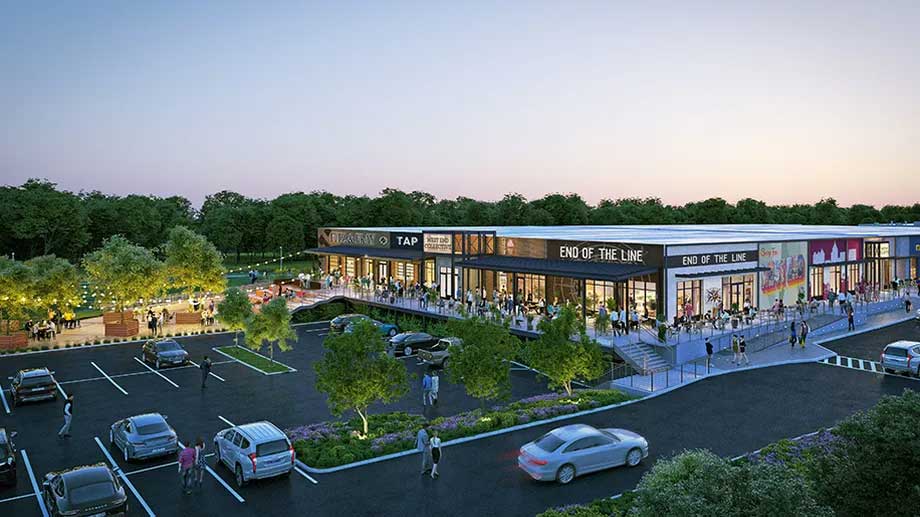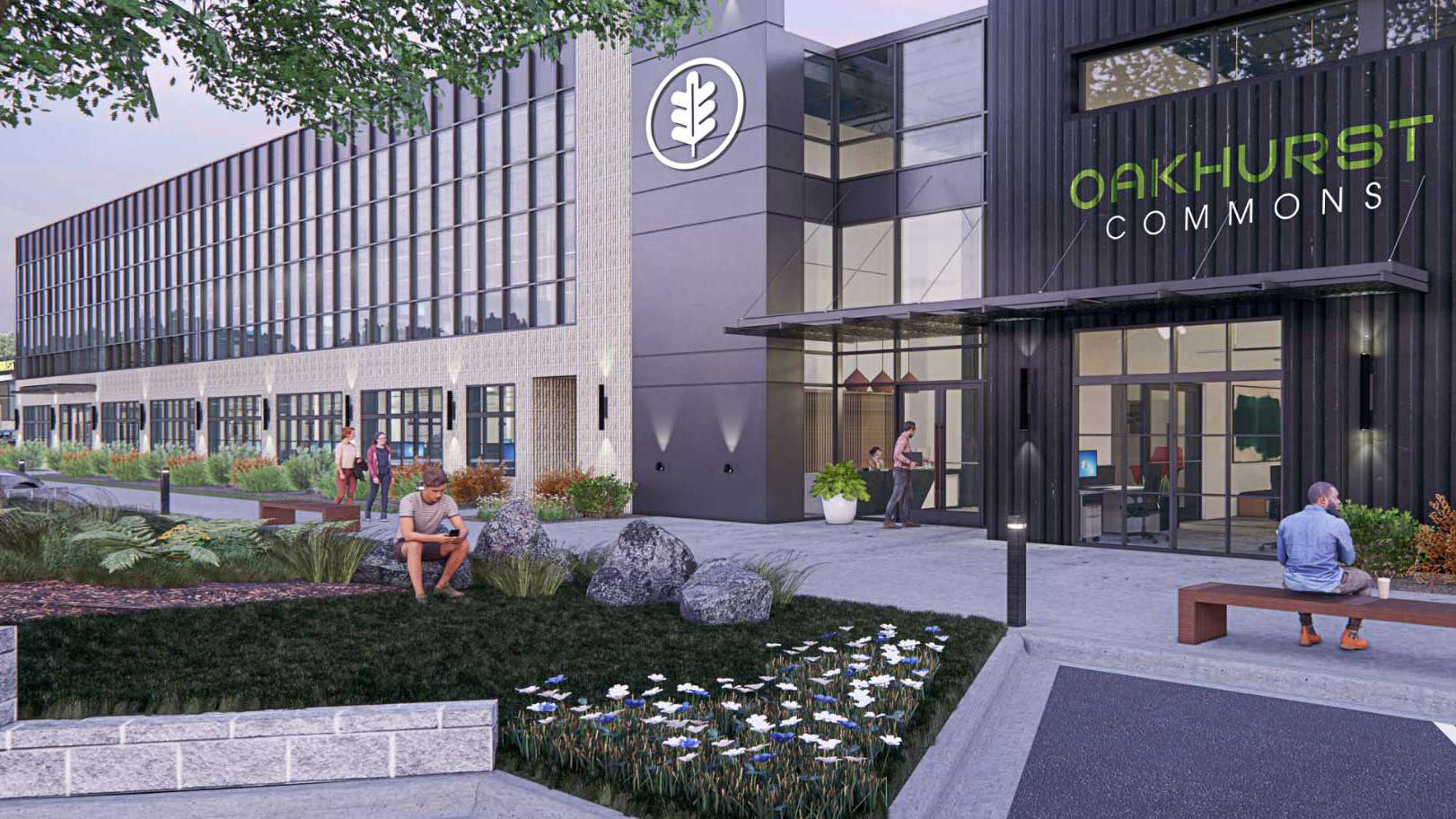
Christopher Stanley, senior managing director of development at MDH Partners, leads development activity for the company’s entire portfolio, including new construction, tenant improvements and capital projects.
He’s one of several experts slated to discuss net-zero carbon buildings at BuiltWorld’s upcoming Buildings Conference in New York, May 22-23.
In advance of the event, we asked Stanley about MDH’s sustainability strategies.
Questions and answers below edited for clarity and brevity:
1. How do sustainability and/or net-zero initiatives impact your organization? How does this impact your day-to-day role?
As an owner and developer of industrial real estate, investing on behalf of institutions with robust sustainability initiatives, sustainability is an important aspect of MDH Partners’ organizational goals.
We strive to incorporate sustainable construction techniques and technology into our buildings and encourage the occupants of our buildings (our tenants) to utilize protocols that push forward responsible operational standards.
Based on the fact that we acquire most of our assets after they are already constructed and occupied, combined with the structure of or our lease agreements (“triple net” – the tenant is directly responsible for utility consumption, monitoring, etc.), we are somewhat limited in our ability to control many aspects of sustainability when compared to other commercial real estate investment classes (e.g. office).
Some examples of the provisions we incorporate into our new buildings and operational initiatives include:
- Initiative to measure power usage across our portfolio (Energy Star System)
- Concrete with carbon reducing features (Carbon Cure / Type IL cement) (additionally – on-site batch plants for on road trip reductions)
- Enhanced roof structure for solar panel installation
- White reflective roof membranes (heat island reduction)
- Daylight harvesting (Skylights/clerestory)
- Low VOC flooring materials
- Landscaping designs (native materials/low irrigation requirements)
- Enhanced building insulation values (above code requirements)
2. Where do you see the most opportunity relative to sustainability in the built environment?
I believe that adaptive reuse presents a very interesting opportunity to enhance sustainability outcomes by “upcycling” unutilized/underutilized real estate. The opportunities to minimize new land clearing, extend lifecycles of existing structures, minimize the consumption of new materials, and utilize existing infrastructure (transportation, utilities, etc.) can make a significant impact.
We have two adaptive reuse projects in progress with a general profile of industrial/warehouse space converting to mixed use (office, retail, food service).
Lee + White - Food Hall

Oakhurst Commons

Want to Learn More About New and Advanced Building Materials?
Join us May 22-23 in New York City for our Buildings Conference and hear from Christopher & others about where sustainable building practices are headed.
